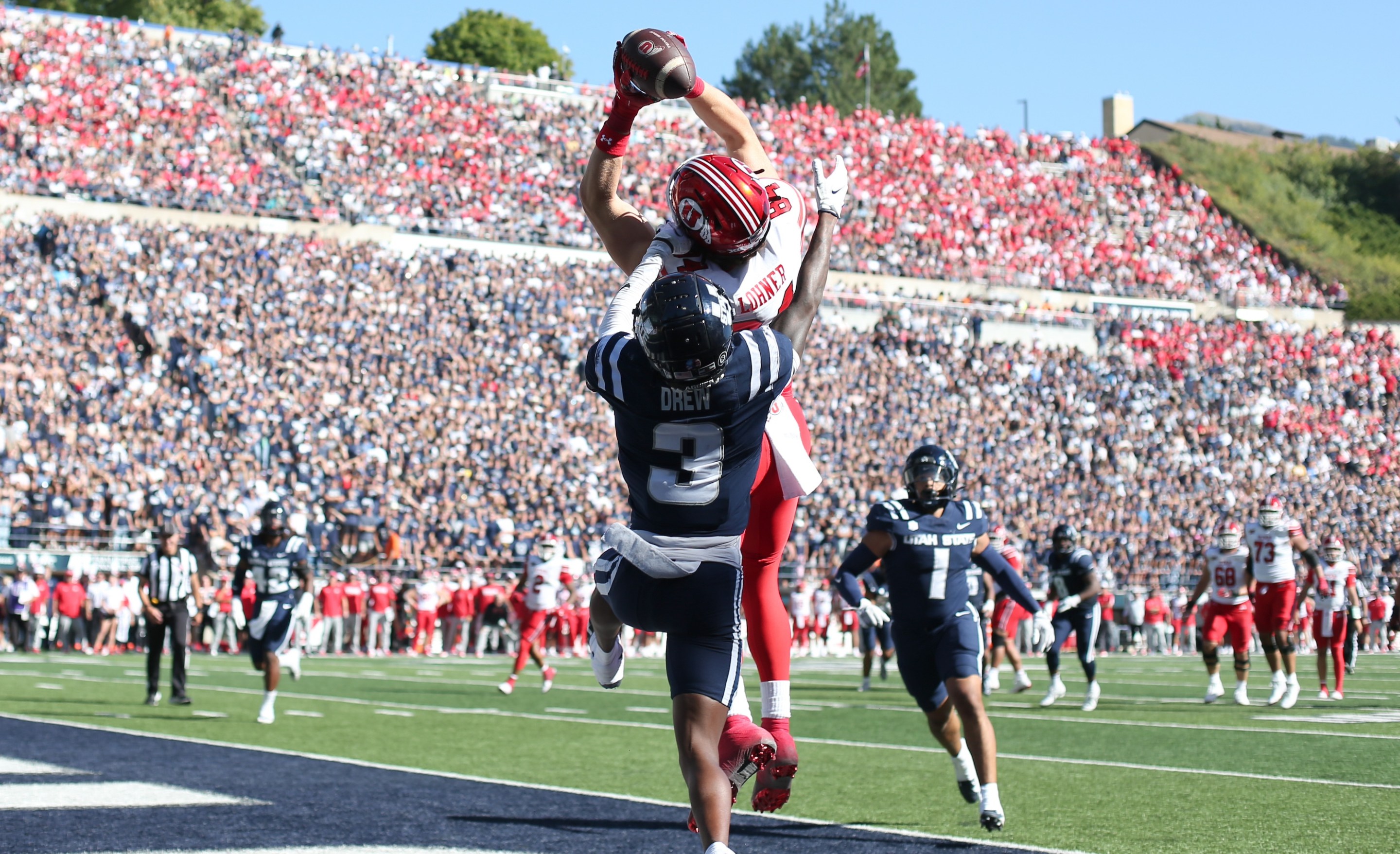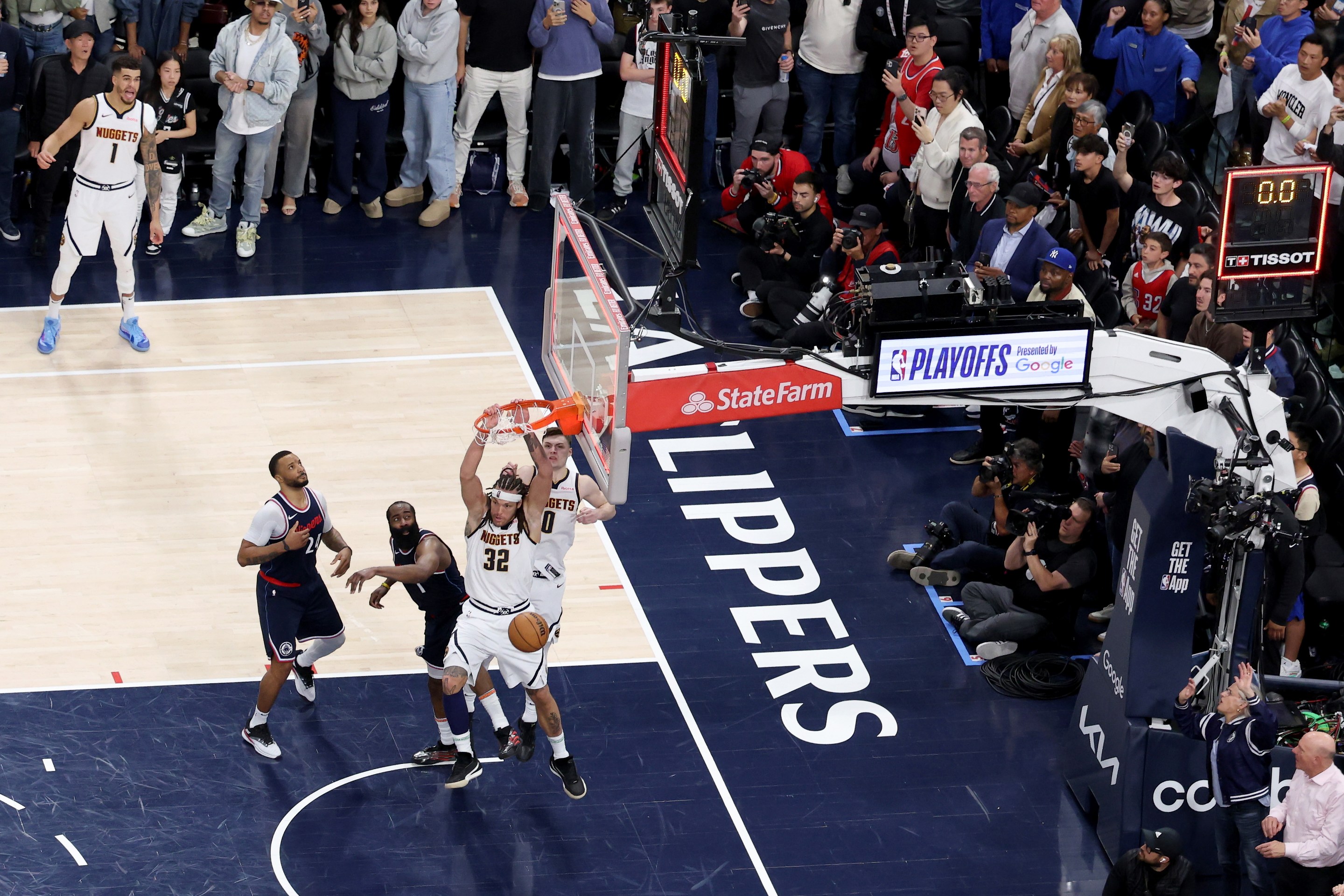The first two annual football rivalries that I can remember haven’t occurred for years now. In Worcester, where I grew up, St. John’s and St. Peter’s played each other at the end of every football season for almost a century. It was the longest-running Catholic high-school rivalry in the country. They played every Thanksgiving morning at Fitton Field, the home ground of the Holy Cross Crusaders, about whom more anon.
The two schools had stood as monuments to the massive Irish diaspora to Worcester of which my family was a part. I went to St. Peter’s for elementary school and to St. John’s for high school. St. John’s moved to the suburbs in 1959, which turned out to be a fateful move for both schools and fatal for their rivalry. St. Peter’s stayed in Worcester, but it merged with a girls’ high school and became St. Peter-Marian. St. John’s gradually grew beyond St. Peter’s in every way, including in its football program. The two schools ended the rivalry with their 95th meeting in 2019. St. John’s won, 35-12.
Fitton Field also figures in the other great rivalry of my youth. Starting in 1896, Boston College and Holy Cross ended the season against each other, a brawl between two Jesuit schools that had been founded by the same bishop, Benedict Fenwick. (I do not idly call it a brawl. The first game ended in a fight and, to this day, there is uncertainty as to who won.) For most of the 20th century, BC-HC was a destination event in New England sports. They played games at Fenway Park. They once drew 54,000 people to a game at Braves Field. On Nov. 28, 1942, facing an undefeated Boston College team that was headed for the Orange Bowl, Holy Cross ran BC out of Fenway, 55-12. BC canceled a victory soiree at Boston’s swank Coconut Grove nightclub. That night, the Grove burned down, killing 492 people.
(This game was legendary in my house; ever since my grandparents got off the boat in 1913, almost every male member of my family except me has gone to Holy Cross, and I have a female cousin who teaches there now. My Uncle Michael was a Jesuit who taught at both places and, on the night of the fire in the Grove, he was called to Boston City Hospital to give the last rites to the dying.)
In the 1980s, however, the two football programs went in radically different directions. Holy Cross deemphasized football, dropping down to Division 1AA and, for a while, eliminating football scholarships. Meanwhile, BC embarked on a shaky journey to the big time, culminating in its eventually joining the ACC and annually competing for a slot in minor bowl games. HC withdrew from the rivalry in 1987.
These games were as much a part of the calendar of my life as anything else. They were part of the unofficial beginning of the holiday season. They were Thanksgiving traditions deeply anchored in time and place. They were in many ways my first experience with the idea of living history. When they ended, they ended because the nature of the schools themselves changed. That I could understand, but it still felt like history dying.
A curious phenomenon occurred this past weekend. I was scanning the TV listings. I noticed that, last Saturday, there were at least four iconic rivalries, games that for years lit up Thanksgiving weekends and warmed the hearts of generations of living alumni. (It takes a little more effort to warm the hearts of dead people.) These were … Games With Names:
The Apple Cup (Washington–Washington State)
The Civil War (Oregon–Oregon State)
The Backyard Brawl (Pitt–West Virginia)
The Battle of The Brothers (Utah–Utah State)
If my math is correct, these schools have played each other a total of 463 times. All four go back to the 19th damn century. Yet they got thrown out there on the third weekend of the season; the Apple Cup got shunted onto Peacock, and it might be the one of the last few Apple Cups ever. Any blather about the romance and history of college football is hereafter rendered bullshit. Even with realignment et al. they could have found a way to keep these games in their rightful place and to keep them to their original purpose: getting relatives to throw cranberry salad at each other at the Thanksgiving table. What's left to argue about without these games? Politics? Dear god, no.
This wasn’t the understandable evolution of institutional identities that killed off St. John’s–St. Peter’s and Holy Cross–Boston College. What devalued these games was pure corporate greed, top to bottom. The universities behaved like corporations, and the corporations behaved like corporations. What resulted has been massive realignment in which history and lore got ground up for fuel. Football teams unmoored from their own legends and lumped into soulless geographic absurdities. Games With Names were replaced by Games With Sponsors, traditional rivals by “corporate partners,” the Apple Cup by the Boeing Apple Cup, and soon by nothing.
It didn’t have to be this way. Cal-Stanford largely has survived. So have intraconference rivalries like Oklahoma–Oklahoma State (Bedlam) and Mississippi State–Ole Miss (the Egg Bowl). But to see the lost pieces of college football’s soul, you have to go down through the divisions, to the small places left behind.
Of the 10 most played football rivalries, four of them are from the Ivy League, but the top spot is held by Lafayette and Lehigh, now both members of the Patriot League. They’ve played 159 times. The rivalry began as a religious conflict between Episcopalians (Lehigh) and Presbyterians (Lafayette). After the first game, a 56-0 loss, the Lehigh players were so embarrassed they burned down the temporary wooden bleachers constructed for the game.
Division II has its share of lore as well. There is, for example, the Turnpike Tussle between Emporia State and Washburn, contested since 1899 down a 58-mile stretch of the Kansas Turnpike, which is 57 years younger than the game itself. But, for proximity, it’s impossible to beat the Battle of The Ravine, the annual game between Ouachita Baptist and Henderson State, which are literally across the street from each other in Arkadephia, Arkansas. They first played in 1895, but there was an 13-year gap between 1950 and 1963 which seems to have involved the kidnapping of the Ouachita homecoming queen by some Henderson State students. A group of Ouachita students went looking for her. With shotguns. This cooled the ardor of the rivalry for a while.
This year, there is great rejoicing at both Tuskegee University and Morehouse College and in the city of Columbus, Georgia. Tuskegee and Morehouse have played football against each other since 1902, the longest running football rivalry among HBCUs. The game moved from Columbus to Birmingham, Alabama, in 2020, citing decreasing attendance and declining revenues. However, now it’s come back, and the town has embraced it again. This is not a big deal anywhere but in that town and on those two campuses, and that is enough. A.J. McClung Stadium will be jumping again.
A.J. McClung was an educator and a coach who came to Columbus to run a YMCA, which is also named after him these days, and ended up as a civil rights leader, city councilor, and mayor. He died in 2002 at the age of 90. As a Tuskegee graduate, McClung had dedicated himself to making Columbus the permanent home for the Tuskegee-Morehouse Classic. And now it is again. A Game With A Name has a home of its own. Living history is living again.






